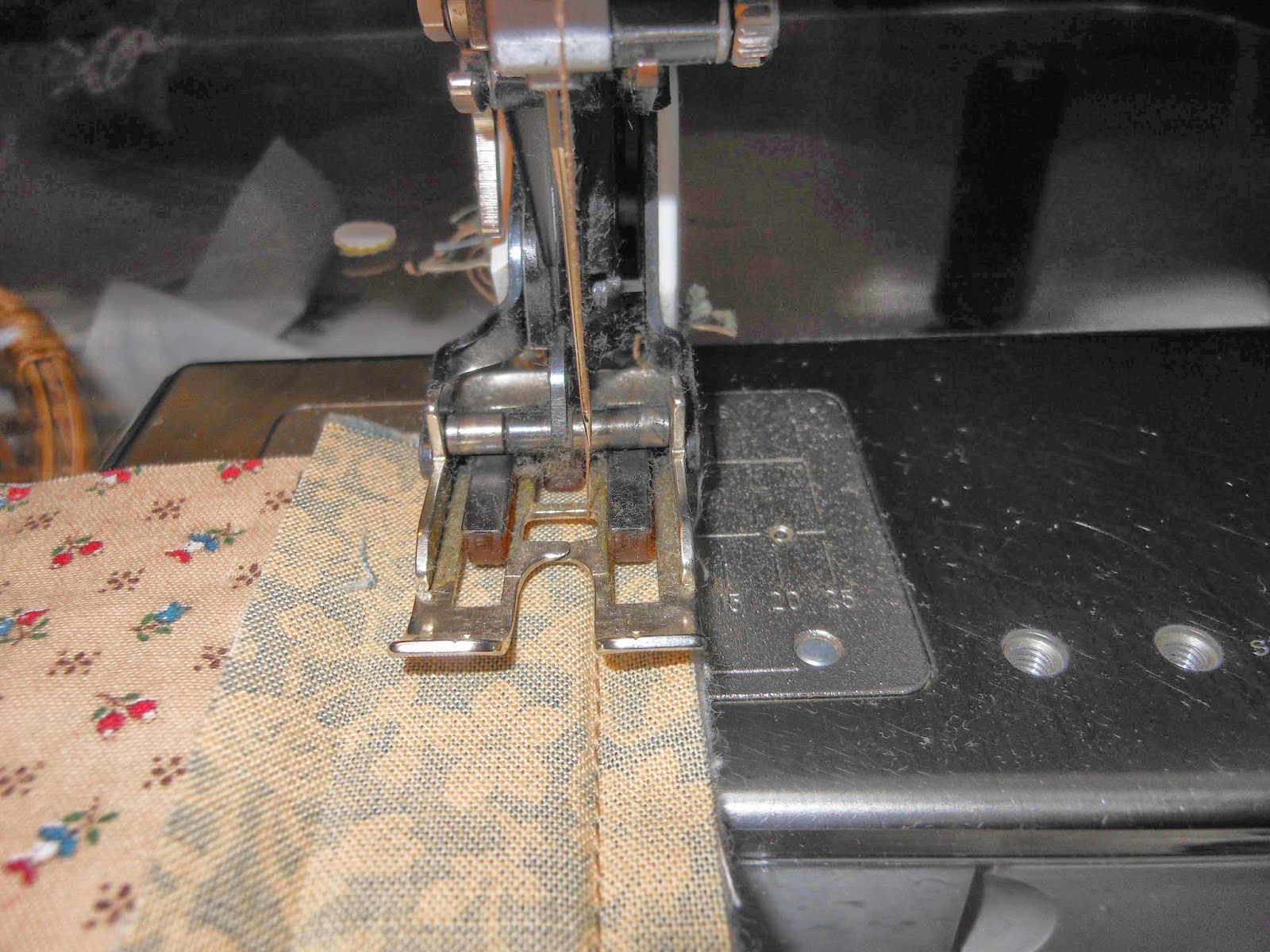Not dead, but very very sick. Which makes me sad.
I love my little iron. Its just your cheap-o basic iron, smallish and light. Nothing fancy. I think I paid around $20 for it something like 20 years ago. But there's something about this iron that you cannot find in a new iron these days.
See that? An on/off switch. I have searched high and low, and cannot find an iron at any price that has an on/off switch. What's up with that?
You see, when I'm sewing, I turn my iron on only when I'm actually ironing, then turn it off when I step away or go back to the machine. The iron stays hot for a fairly long time, and heats up fast when I turn it on again, so no big deal waiting for heat. I save a huge amount of electricity this way. Plus whenever the red light is on, you know the iron is ON.
A couple years ago the red light started flickering, and I had to jiggle the cord to get it to stay on. It was shorting out, and kept getting worse. So I took it apart and rewired it, the best I could. It worked fine for awhile, but the fix didn't last. I went at it again, and had it working again for a while, but suddenly the other day it started smelling really really BAD... like "burning electricity" if you know what I mean. It was so bad you could smell it all over the house. Not good. At that point I resigned myself to the fact that that was all I was gonna get out of my poor little iron.
The next day I drove down to Big Lots and bought a new one.

Another cheap-o $20 Black and Decker. ( I'm not convinced the expensive irons are any better than the cheap ones, btw. Did I mention the one that just died lasted 20 years?) Anyhow, here's how the new one looks next to the old one:

Its still pretty light, but see how much bigger it is? The sole plate is about the same size, but everything else is bigger. This will take some getting used to. I did test out the iron and one thing I like better about the new one is the steam. It steams straight down only - as opposed to out the front and sides - so I'm much less likely to scald my fingers while pressing.
Meanwhile, I think I figured out a way to approximate the missing on/off switch...
This sad story serves to make one realize how important certain tools are to us, especially when they're "outmoded" or otherwise irreplaceable. I had actually started looking for a new iron when my old one first started shorting out. I would have gladly bought a new one at the time, if I could have found one I really liked. Now I'm settling for one that's .. just ok, and its arguably the best I can hope for.
I wonder what tools you all might have that are irreplaceable? Certain scissors, or maybe its your old vintage sewing machine? What do you have in your sewing arsenal (or otherwise, cooking maybe) that you cannot live without?
love,
Sandy
ps if anyone has a Black and Decker 400 series iron with an on/off switch that you want to get rid of, let me know! :-)













